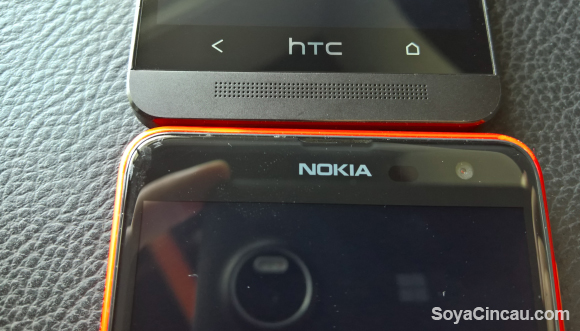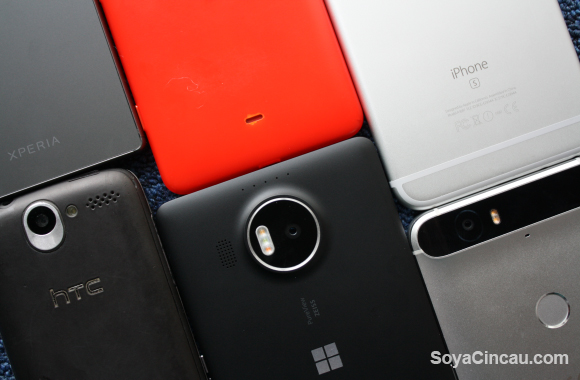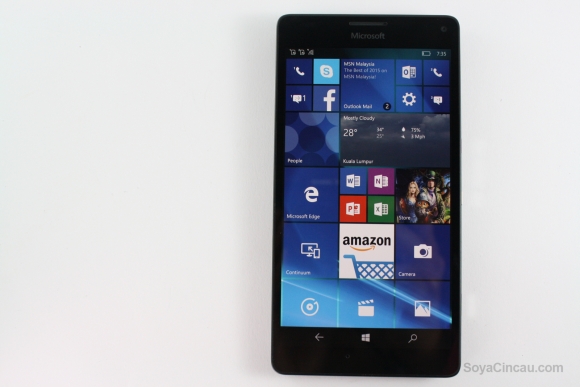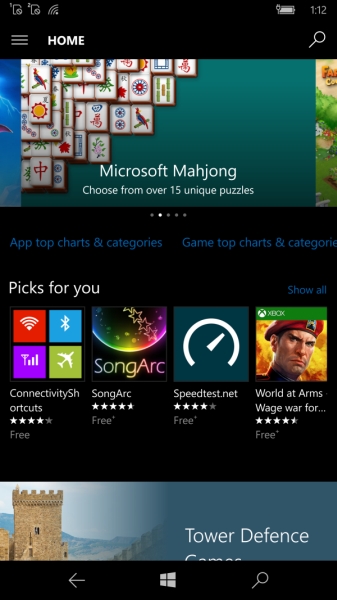A recent post by The Verge announced the death of the Windows Phone platform. What started out as a promising third player in the mobile OS game was quickly shot down.
In a recent report by the IDC, it showed that in the recent quarter, about 400 million smartphones were sold and if you compare that to Microsoft’s earnings report, only 4.5 million of them were Lumia devices. That’s 1.1% of the market share. To contrast, Samsung moved around 85 million devices in that same quarter.
Things don’t get much better if you compare all time sales between Android + iOS and Windows, where Microsoft and Nokia only shipped 110 million devices total compared to the 4.5 billion Android and iOS devices sold in the same period. That’s only about 2.4% of the market share. And, if you look at this graph, things look like they’re going from bad to worse.
Sorry, Windows Phone. 110m lifetime sales – 4.5bn iOS & Android phones sold in the same period pic.twitter.com/CO03XWhYJg
— Benedict Evans (@BenedictEvans) January 28, 2016
I loved the Windows Phone. I spent two years of my life committed to my little Lumia 625. I loved the way it looks, the cool animations and most of all I loved the unified idea behind this new operating system. Despite all the qualms, despite all the bugs and despite all the problems, I convinced myself that the OS was new and it could only get better. Right?
Well, I can’t say that with certainty anymore.
1. Manufacturers don’t trust Microsoft anymore

When Windows Phone first came out, many jumped for it. Extensive investment went into the platform and developing devices for it. Dell took a stab with their Venue Pro, HTC went all-in with a pretty stellar lineup of devices (some were tempting from a looks standpoint) and even manufacturers like LG and Samsung had a pretty decent lineup to offer.
However, as pointed out by Vlad Savov, these investments proved fruitless. Microsoft wanted to be the leading light in their own OS — understandably — and the apparent favouritism towards Nokia (which they later acquired) was enough to piss the other manufacturers off.
2. Uninspired Lumia designs

Have you seen the new Lumia devices? They’re plastic slabs that are almost indistinguishable from the rest except for that Windows tramp stamp that adorns the back of the device. Gone is the inspired unibody plastic build. Missing are the funky colours that turns the phone into candy. Poof, goes that sexy subtle curve of the screen on Lumia flagships of old. Such a shame really.
[nextpage title=”No more excuses”]
3. Buggy operating system

4. Expensive flagships

Remember when we were talking about an incomplete software experience? Yeah, it’s not like Microsoft are charging accordingly. The Lumia 950 XL goes for a whopping RM2,999 for it. At that price point, you’d want your phone to be able to move moons, not just be a really, really good phone (which the 950 XL isn’t). How could they possibly justify the exorbitant price tag on their phones when their apps crash every other time you launch them and it gets ridiculously hot when simply taking pictures?
5. Lack of applications

Moving forward
Dire straits then. But that doesn’t mean it’s the end of Microsoft’s mobile ventures. Continuum is definitely one thing to look out for, and Redmond has pretty promising ventures into augmented reality with the HoloLens, so there is a future here. Just not with smartphones. Please, my heart can only take so much.







